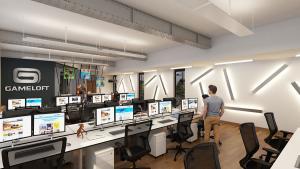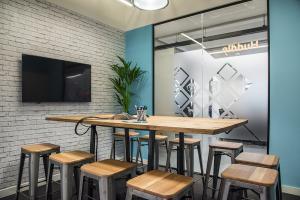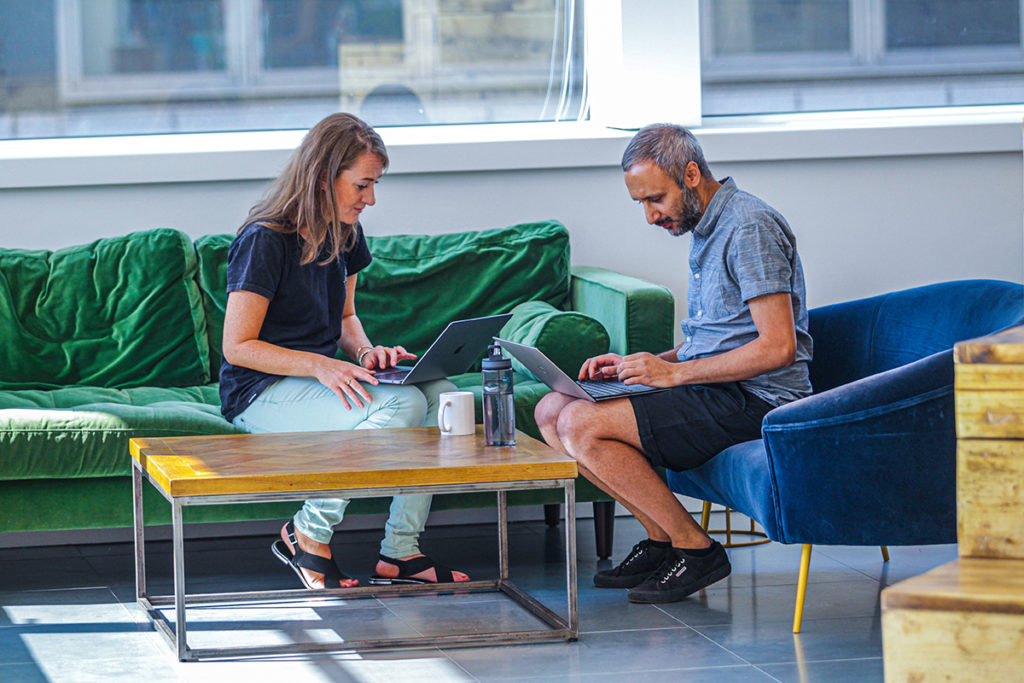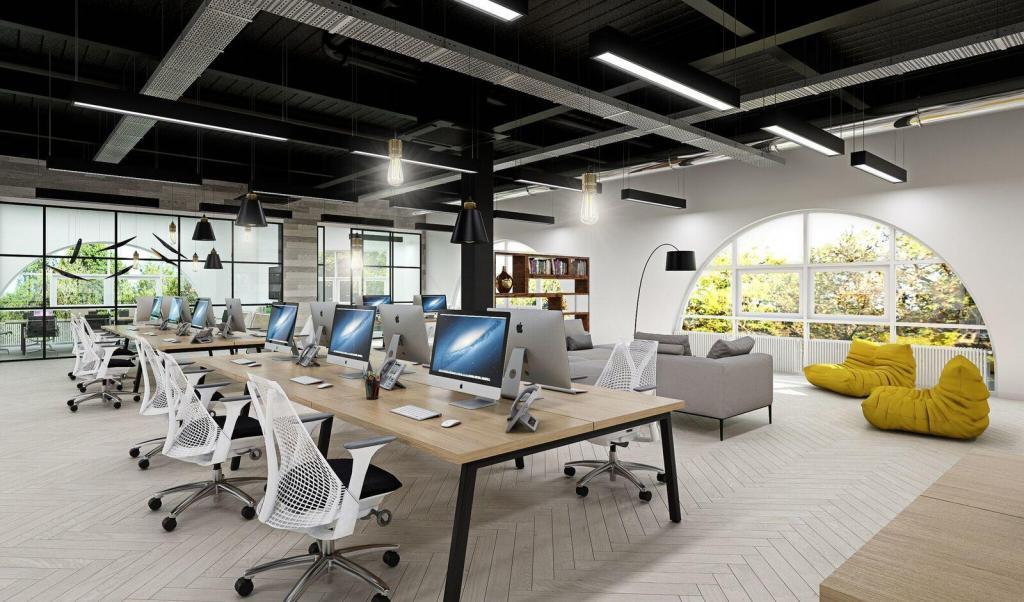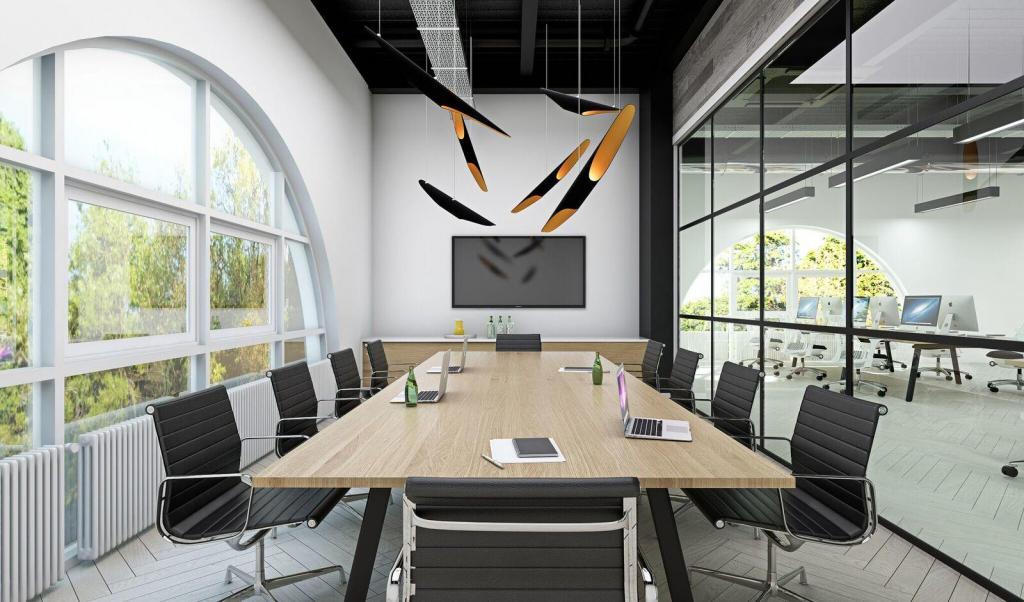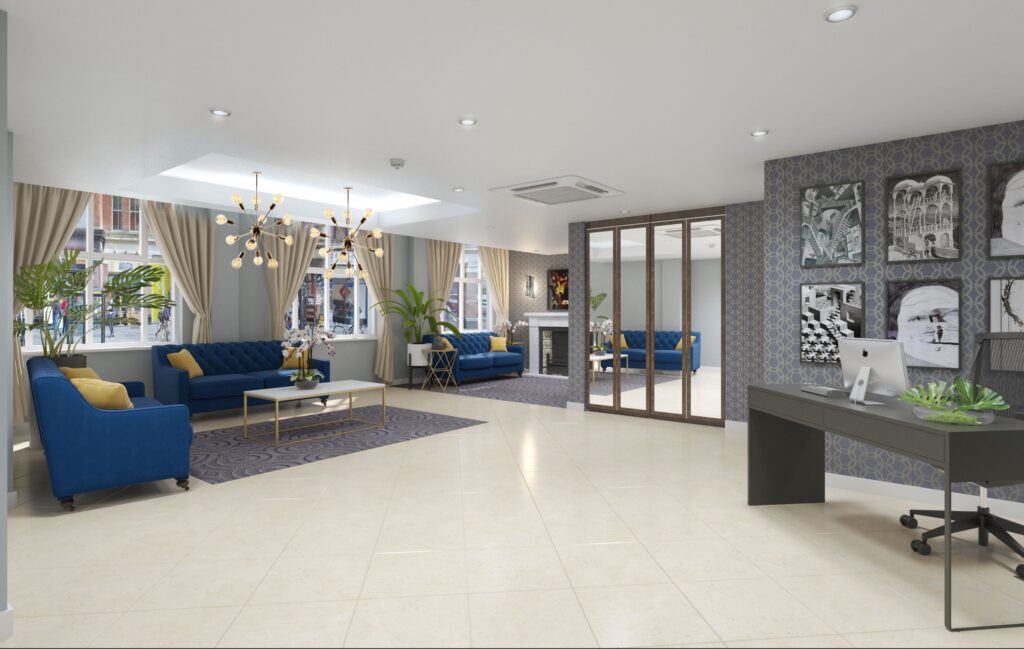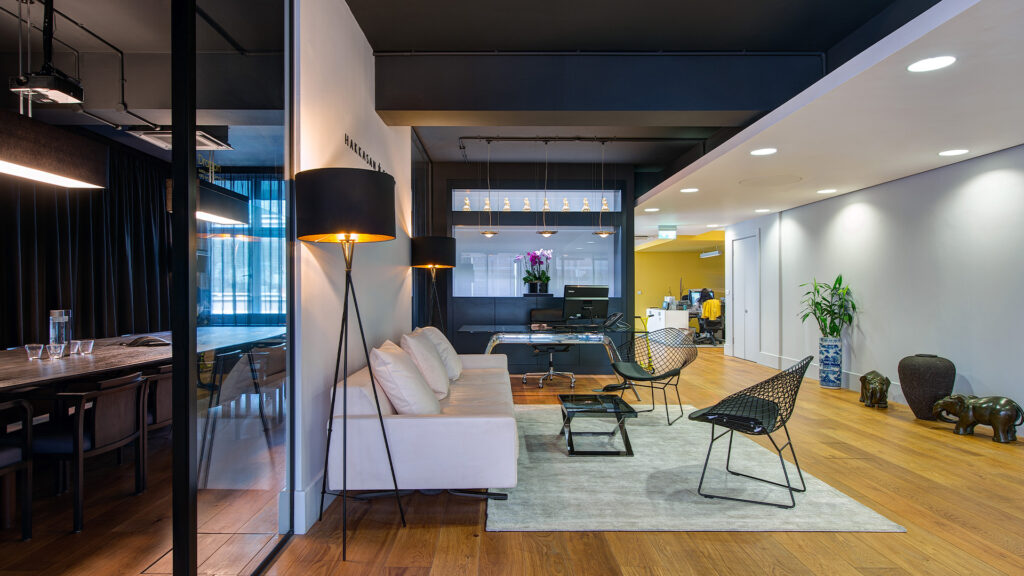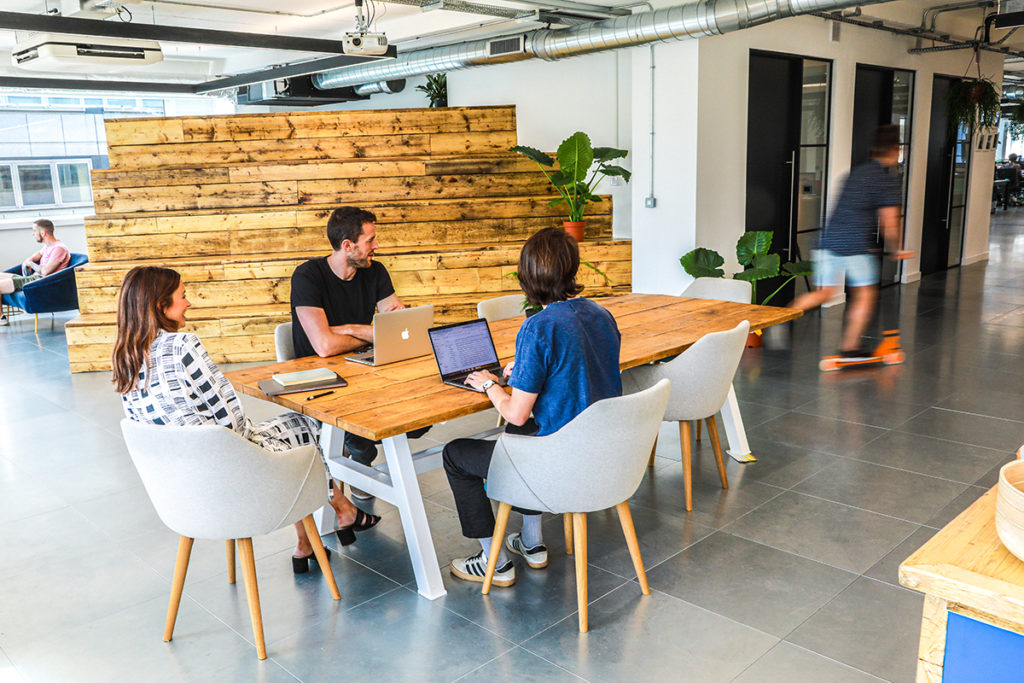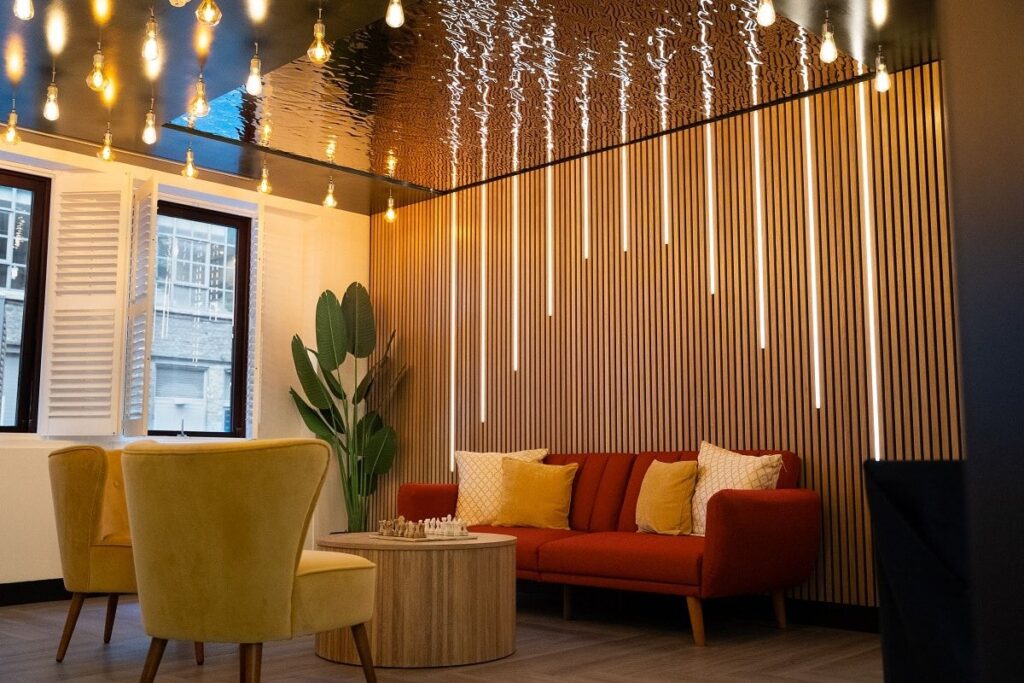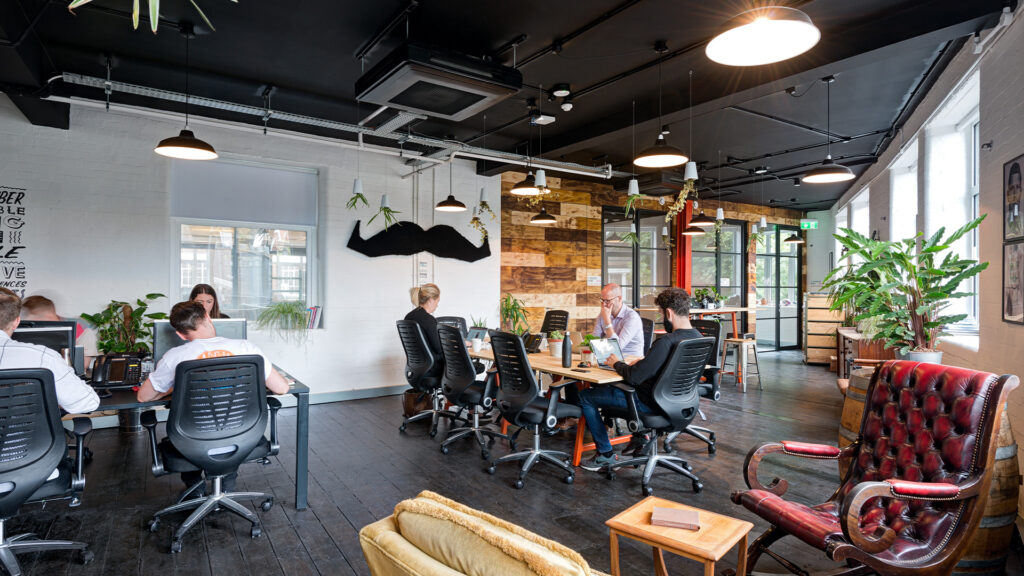If your workspace feels cluttered, disjointed, or just plain inefficient, it’s likely that your storage systems aren’t working hard enough.
Whether you’re scaling up, shifting to hybrid, or simply looking to refresh your layout, well-planned storage can be the quiet hero behind better productivity, improved wellbeing, and a more inspiring place to work.
So, how do you get it right?
If you’re looking to maximise every square foot of your office without compromising on style or flow, this guide is for you.
Rethink the Basics: Storage That Works With You
Working with office interior design experts can help you take a strategic approach to workspace storage – ensuring it’s not just functional, but also tailored to your team’s habits, workflows and long-term goals.
Let’s start with a mindset shift. Storage isn’t just about shelves and cupboards – it’s an integral part of your office layout and user experience. Done well, it can influence team dynamics, workflows and even how your brand is perceived by clients and staff.
Rather than treating storage as an afterthought, bring it into the early planning stages. Ask yourself:
- What do we actually need to store?
- Who needs access to what – and how often?
- What’s taking up space but adding no value?
By auditing your current setup, you’ll quickly spot opportunities to streamline and reshape.
Built-In, Not Bolt-On
One of the most effective ways to maximise space is to integrate storage into your architecture. Think full-height shelving that doubles as zoning, concealed storage within walls, or built-in cabinetry that adapts to awkward corners.
This approach is especially powerful in open-plan or hybrid offices where flexibility is key. Not only does it save valuable floor space, but it also allows for more intentional use of zones like breakout areas with hidden lockers or meeting booths with integrated tech storage.
Flexible Fixtures for Hybrid Teams
If your team’s working pattern has changed, your storage should, too.
Hybrid work means fewer people in the office at once, but it also brings new demands: hot desks, rotating teams, shared equipment. Storage needs to support this fluidity without turning into chaos.
Consider modular furniture, moveable lockers, or mobile storage units that can be reconfigured as your needs evolve. For instance, a rolling cabinet might act as both a personal locker and a meeting room divider. Multi-function is the name of the game.
Make the Most of Vertical Space
Often overlooked, vertical space is a goldmine for storage. If you’ve only gone waist-high, you’re missing out on a lot of real estate.
Install shelving units that reach the ceiling, or use wall-mounted systems that leave floors clear and open. Pegboards, rails, and hanging organisers are great for adaptable solutions in creative or collaborative environments.
Just remember: the higher the storage, the more you’ll need to think about safe access.
Declutter with Design-Led Solutions
Not all storage needs to look like storage. Design-led options like acoustic wall panels with integrated compartments, or upholstered bench seating that hides storage underneath, are subtle and stylish.
You can also use material choices to blend storage into your aesthetic whether that’s matte black metal for a modern industrial vibe, warm wood tones for a biophilic feel, or colour-blocked units that add a pop of branding.
The goal? Storage that feels like part of the room, not an add-on.
Go Digital Where It Makes Sense
We get it – some paperwork is unavoidable. But if you’re still holding onto rows of filing cabinets, it’s time to ask: is there a better way?
Digitising documents not only frees up space, it also improves security and accessibility. File-sharing tools, cloud storage and digital sign-in systems can all reduce your physical storage needs while speeding up your operations.
If you’re worried about cost or compliance, take it in stages, start with low-risk documents and work your way up.
Plan Storage Into Every Zone
A truly well-organised office has storage that’s distributed logically across the workspace not clustered in one dusty corner.
Think about each zone in your office and what needs to live there:
- Desks: Individual storage like drawers or trays
- Meeting rooms: AV equipment, stationery, whiteboards
- Break areas: Books, snacks, supplies
- Reception: Visitor sign-in tools, storage for deliveries
Matching the storage to the function helps everyone know where things go and keeps clutter from creeping in.
Don’t Forget Personal Belongings
It might seem minor, but personal storage has a big impact on how people feel about their work environment. A lack of private storage can make staff feel like they’re just passing through – not part of the space.
Invest in solutions that support both security and ease of use. Whether it’s numbered lockers, drawer units, or simple coat storage, giving people somewhere to stash their things shows respect and helps create a sense of ownership.
It also encourages tidier desks, reduces distractions, and creates a more welcoming atmosphere. When employees feel valued and considered, they’re more likely to stay engaged, productive, and proud of their workplace.
Futureproofing: Storage That Scales
Your storage strategy should evolve with your business. That means designing systems that scale easily without creating clutter down the line.
Avoid the temptation to over-specify with niche furniture that can’t adapt. Instead, prioritise modular, flexible elements you can repurpose or reconfigure.
A good rule of thumb? If it only serves one purpose and can’t be moved, it’s probably not futureproof. Think long-term by choosing pieces that support different layouts, team sizes, and functions.
Versatility is key especially in fast-changing industries where agility matters. By investing in adaptable solutions now, you’ll avoid costly overhauls later and ensure your space keeps up with your pace.
Final Design Notes
At its best, office storage isn’t just functional; it’s strategic. It supports how your team works, how your space flows, and how your culture grows. When thoughtfully designed, it becomes a foundation for collaboration, creativity, and daily calm.
Ready to make more of your workspace? Whether you’re planning a full redesign or just want smarter storage solutions, expert advice can make all the difference.
You might like this guide: Design Features in Top-Performing Workplaces


